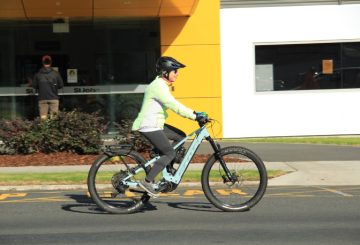根据周五的最新房地产数据,缺乏出售物业正在对新西兰的房价造成压力,加快房屋销售,导致连续第四个月创纪录的中位房价。
来自新西兰房地产研究所(REINZ)的数据显示,新西兰各地的房价中位数上涨至 2020 年 12 月的 749,000 新西兰元的创纪录的中位价格,从 2019 年 12 月的 628,000 新西兰元(450,796 美元)上涨了 19.3%。
统计数据显示,除该国最大城市奥克兰之外,新西兰的房价中位数同比增长 17.8%,从 2019 年 12 月的 535,000 新西兰元增至创纪录的 63 万新西兰元。
此外,根据雷因茨的数据,奥克兰的中位房价同比上涨 17.4%,从 2019 年 12 月的 886,000 新西兰元增至 2020 年 12 月的 1,040 万新西兰元,这是奥克兰连续第五个月创下创纪录的价格。
雷因茨首席执行官宾迪·诺威尔在一份声明中表示,新西兰的房价连续第四个月创下新纪录,12 月份的全国房价中位数为 749,000 新西兰元。
诺威尔表示,此外,11 个地区和 27 个地区的中位价格创纪录高,这是过去几个月来住房市场上的模式的延续,突出了全国各地住宅房市场的强劲程度。
“目前,我们的库存水平是我们在 2018 年 12 月的库存水平的一半。因此,对于希望购买的人来说,没有足够的选择,这意味着该国大部分地区的房价受到巨大压力,” 她说。
诺威尔补充说:“当你在等式中加上创纪录的低利率这一事实时,这意味着人们更愿意竞争以获得他们想要的财产。”
“这种缺乏选择和高度的信心也导致房地产以 17 年来最快的速度出售。她说,出售房屋的中位天数现在只有 27 天,这表明人们如何迅速采取行动以确保 “良好” 房产。”
数据显示,奥克兰市仍然是新西兰在该国最昂贵的地区。





























































